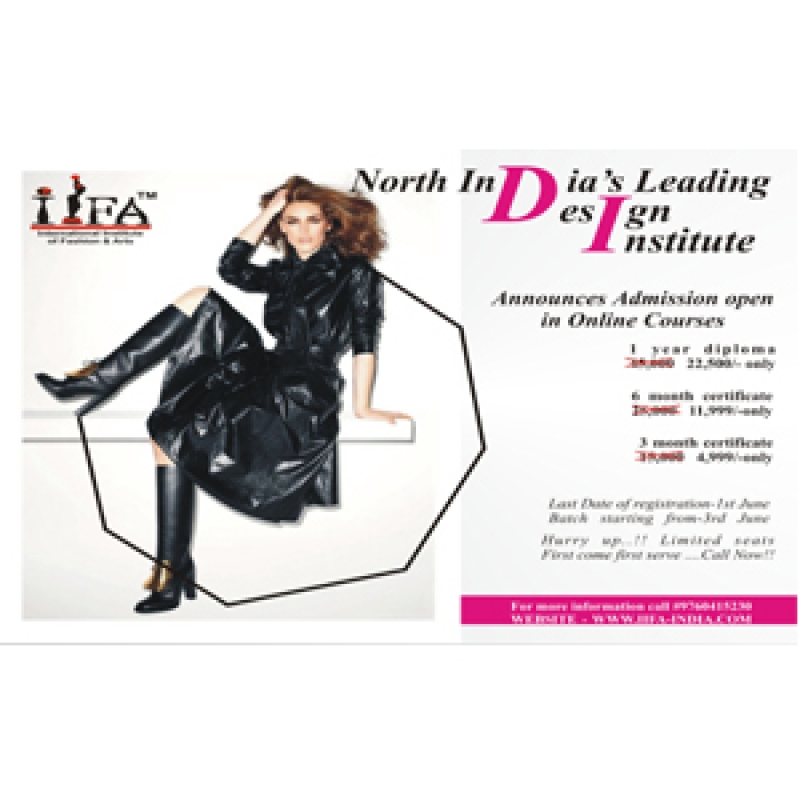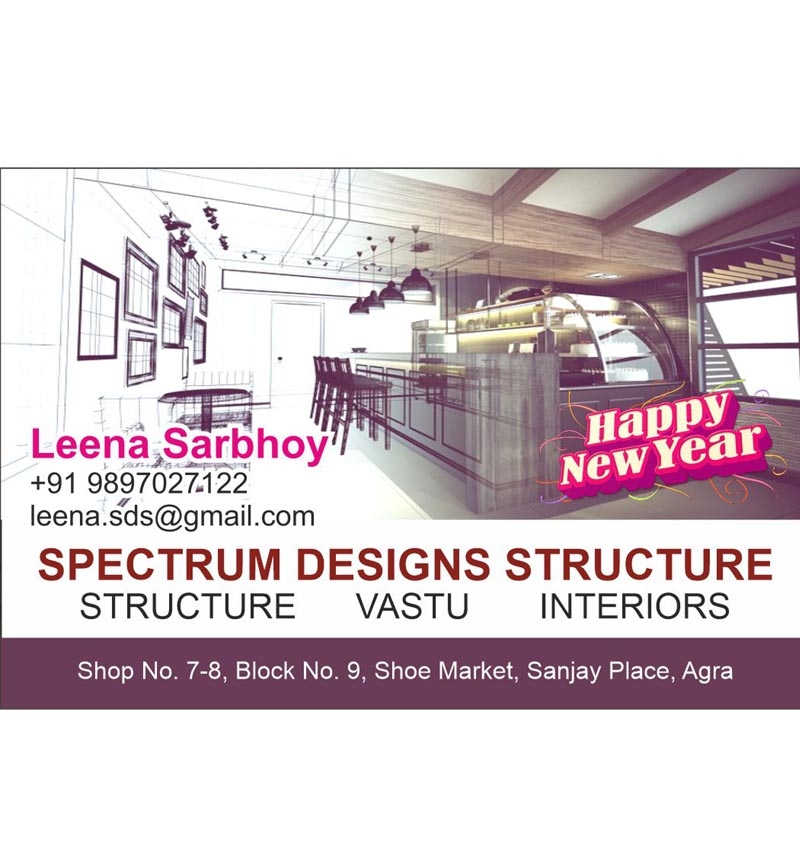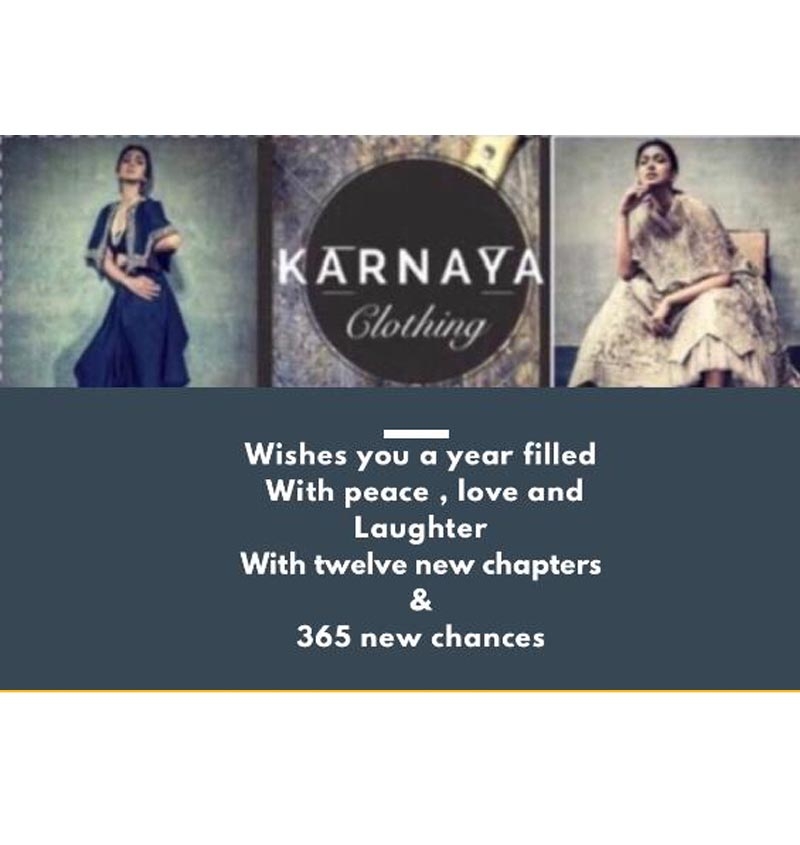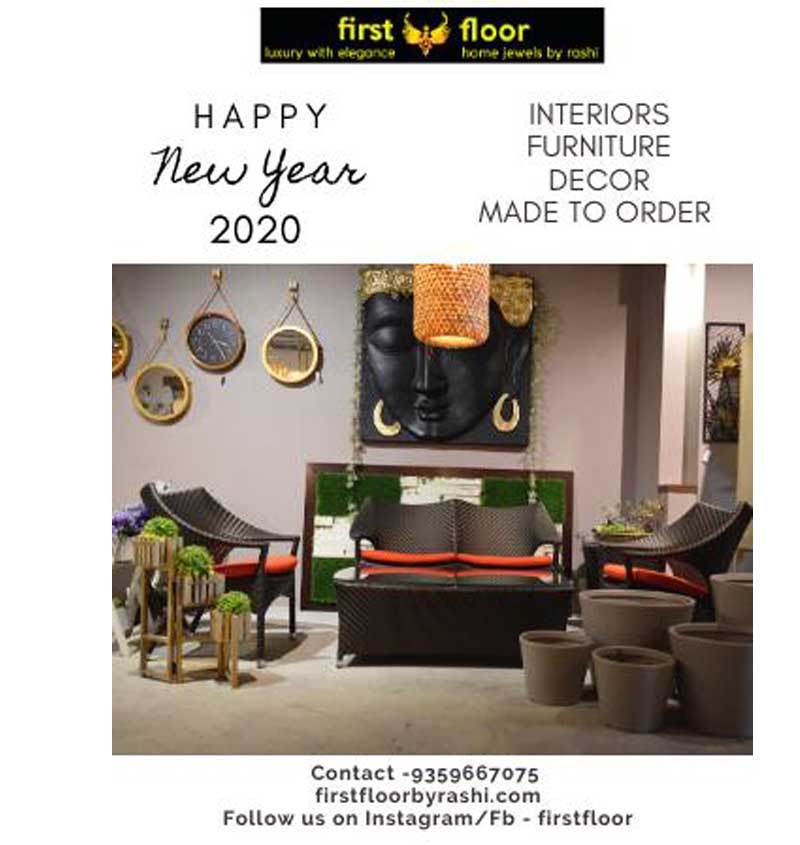The Modern Muse
Gone are the days when couture was solely designed for aristocrats and silver screen starlets. Today’s couture clients are younger, more diverse, and culturally influential. From Zendaya’s showstopping red carpet moments in custom Valentino to Rihanna’s genre-defying looks from Maison Margiela, the modern muse is no longer just a model of grace—she (or he or they) is a statement of power, identity, and self-expression.
Designers are listening. Couture houses like Schiaparelli, Jean Paul Gaultier, and Iris van Herpen are pushing boundaries—not just in silhouette and technique, but in the very definition of beauty. Gender fluidity, body diversity, and global heritage now walk the runway alongside tradition, each adding depth and complexity to the couture conversation.
Craft Meets Concept
What sets couture apart is craftsmanship—dozens, sometimes hundreds, of hours poured into each piece by skilled artisans. That hasn’t changed. What has changed is the message behind the material.
In the hands of designers like Daniel Roseberry (Schiaparelli), Pierpaolo Piccioli (Valentino), and Rahul Mishra, couture becomes wearable art and cultural storytelling. Roseberry’s surrealist sculptural bodices challenge form and perception, while Piccioli redefines romance through color, silhouette, and sheer emotion. Mishra, meanwhile, elevates traditional Indian embroidery with an eco-conscious and globally poetic voice.
In this new era, couture is not just about looking exquisite—it’s about saying something profound.
Technology and Tradition
Even in the most historic ateliers, innovation is finding its way in. Designers are blending centuries-old techniques with cutting-edge technology—3D printing, laser-cut fabrics, and AI-assisted design are reshaping what’s possible, without losing the soul of couture.
Take Dutch designer Iris van Herpen, for instance, whose futuristic gowns blur the line between fashion and science. Her designs are engineered with such precision and imagination that they seem born of another dimension—yet each piece still honors the couture code: made by hand, made to measure, made to inspire.
This blend of past and future is not just novel; it's necessary. It keeps couture relevant in a world that’s digital, fast-paced, and demanding a new kind of authenticity.
Sustainability and Slow Luxury
In contrast to fast fashion’s frenzy, couture has become an unexpected beacon of sustainability. With its bespoke nature, couture inherently resists waste and overproduction. Now, many designers are doubling down on this virtue—sourcing deadstock fabrics, promoting circular fashion, and investing in artisan communities.
This is slow luxury at its finest: garments designed to be treasured, not tossed. Couture’s return to intention and permanence is quietly radical in a culture of constant consumption.
A Democratized Dream
Perhaps the most surprising evolution is couture’s move toward accessibility—not necessarily in price, but in presence. Once shrouded in secrecy, fashion shows are now livestreamed, behind-the-scenes content is shared widely, and social media has brought even the most exclusive houses closer to the public eye.
The mystique remains, but the gatekeeping is loosening. Couture is no longer just for those who can afford it—it’s for those who appreciate it, study it, and are inspired by it. In this sense, couture has entered a new cultural role: not just as fashion for the few, but as aspirational artistry for the many.
Conclusion: The Future of Elegance
Couture isn’t disappearing—it’s transforming. Elegance today is no longer defined solely by silk gowns and crystal embroidery. It’s about confidence, story, innovation, and emotional resonance. It’s in the hands of those who wear it with purpose, and in the vision of those who dare to challenge tradition while honoring its roots.
This new era of couture doesn’t abandon elegance—it expands it. And in doing so, it ensures that the art of fashion remains not just relevant, but revolutionary.



















Your Message